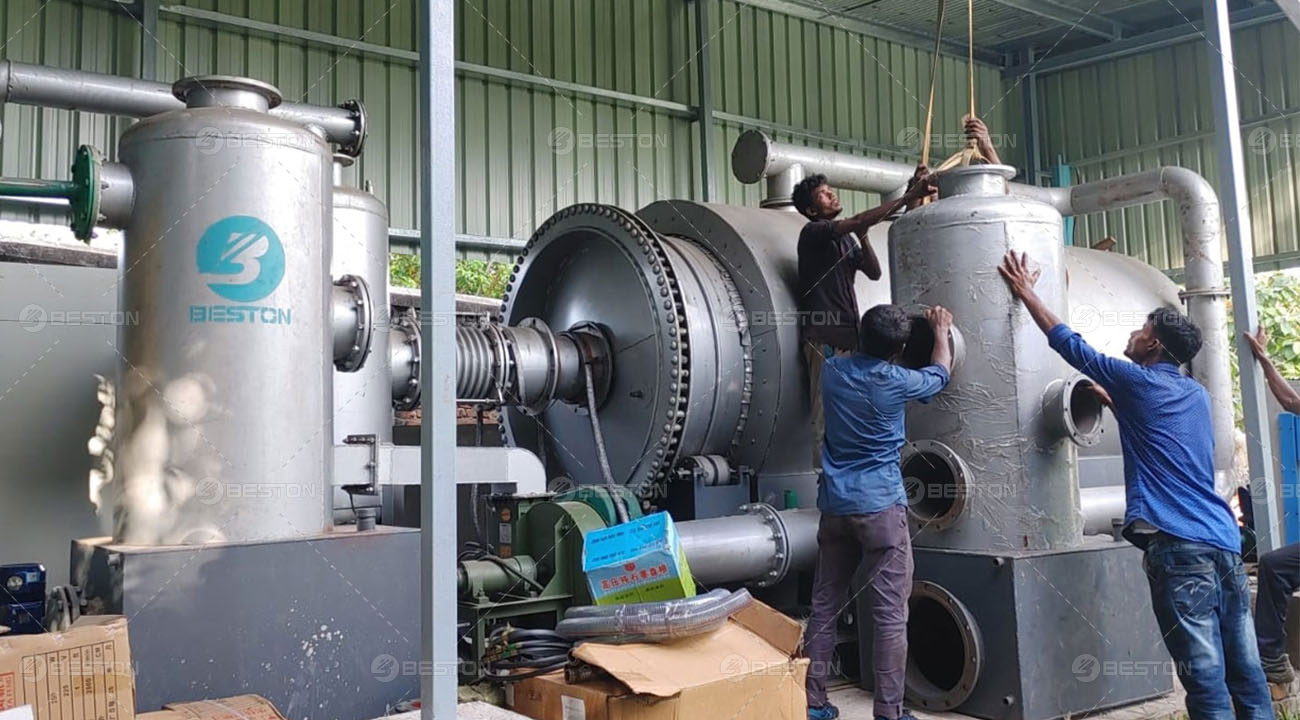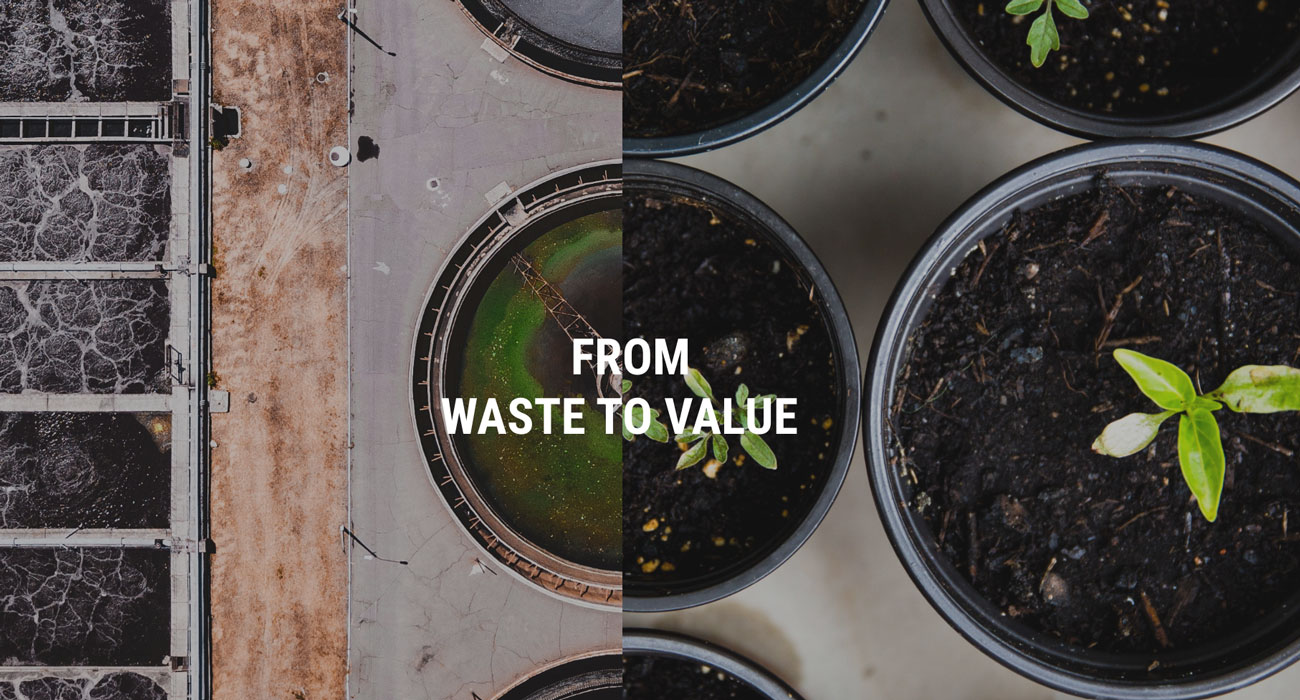Plastic waste has become one of the most pressing environmental challenges of our time. With landfills overflowing and oceans polluted, innovative solutions are imperative. Among these, plastic pyrolysis plants have emerged as a beacon of hope, offering a sustainable approach to managing plastic waste. In this article, we will explore the intricacies of plastic pyrolysis and its significant contribution to waste resource management.
Introduction
The Growing Plastic Waste Challenge
The relentless proliferation of plastics in our daily lives has led to an alarming surge in plastic waste generation. From packaging materials to single-use items, the environmental footprint of plastic waste is undeniable.
Role of Plastic Pyrolysis Plants
Plastic pyrolysis plants play a pivotal role in mitigating the adverse effects of plastic waste. These innovative facilities employ thermal decomposition processes to convert plastic waste into valuable products.
Purpose and Scope of the Article
This article aims to provide an in-depth understanding of plastic pyrolysis and its contributions to waste resource management. From the fundamental process steps to the environmental benefits and future prospects, we will delve into the world of plastic pyrolysis.
Understanding Plastic Pyrolysis
Defining Plastic Pyrolysis
Plastic pyrolysis is a thermochemical process that transforms plastic waste into useful products by subjecting it to high temperatures in the absence of oxygen. This process breaks down complex polymer chains into simpler hydrocarbons.
Pyrolysis Process Steps
-
Pre-Treatment: Plastic waste is sorted, cleaned, and shredded to remove impurities and enhance the efficiency of the pyrolysis process.
-
Heating: The shredded plastic is heated to the desired temperature, typically between 300°C and 800°C, initiating the pyrolysis reactions.
-
Pyrolysis Reaction: During this phase, the plastic undergoes thermal decomposition, leading to the formation of pyrolysis oil, syngas, and carbon black.
-
Cooling and Condensation: The vaporized products are cooled and condensed, resulting in the collection of valuable outputs.
Types of Plastics Suitable for Pyrolysis
While various plastics can undergo pyrolysis, polyethylene (PE), polypropylene (PP), and polystyrene (PS) are particularly suitable due to their composition and widespread use.

Benefits and Outputs of Plastic Pyrolysis
Pyrolysis Oil
Pyrolysis oil, also known as plastic oil or fuel oil, is a valuable output of the process. It finds applications in:
- Fuel Production: Pyrolysis oil can be refined into high-quality biofuels, reducing our dependence on fossil fuels.
- Chemical Feedstock: It serves as a feedstock for various chemical processes, contributing to the chemical industry’s sustainability.
Syngas
Syngas, a mixture of hydrogen and carbon monoxide, has several industrial applications:
- Energy Generation: Syngas can be used in gas turbines or engines to generate electricity and heat.
- Industrial Processes: It is a key ingredient in processes like methanol synthesis and hydrogen production.
Carbon Black
Carbon black, a solid byproduct, has notable uses:
- Tire Manufacturing: It is a crucial component in tire production, enhancing durability and performance.
- Ink and Pigments: Carbon black is utilized in the manufacturing of inks, pigments, and plastics.
Environmental Advantages
Pyrolysis plant offers compelling environmental benefits:
- Waste Reduction: It significantly reduces the volume of plastic waste destined for landfills or incineration.
- Resource Recovery: The process recovers valuable resources from waste, contributing to a circular economy.
Challenges and Innovations
Feedstock Variability
The variability in plastic types and contamination levels in feedstock can pose challenges. Innovations in sorting and preprocessing technologies are addressing this issue.
Energy Efficiency
Efficient heating and energy management are critical for the economic viability of pyrolysis plants. Ongoing research focuses on enhancing energy efficiency.
Emissions Control
Mitigating emissions, such as volatile organic compounds (VOCs), from pyrolysis processes requires advanced emission control technologies.
Technological Advancements
Continuous advancements in pyrolysis reactor designs and process optimization are improving overall performance and reducing operational costs.
Applications and Future Prospects
Energy Generation
The utilization of pyrolysis-derived fuels for energy generation offers a sustainable alternative to conventional fossil fuels.
Chemical Feedstock
Pyrolysis oil’s role as a chemical feedstock is expected to expand, supporting the production of sustainable chemicals and materials.
Circular Economy Initiatives
Plastic pyrolysis aligns with circular economy principles, promoting resource recovery and reducing waste.
Conclusion
Recap of Key Points
In conclusion, plastic pyrolysis plants hold immense promise in addressing the plastic waste crisis. Their ability to convert plastic waste into valuable products not only reduces environmental harm but also contributes to a more sustainable and circular economy.
Plastic Pyrolysis as a Sustainable Solution
Plastic pyrolysis stands as a testament to human ingenuity in the face of environmental challenges. It offers a beacon of hope for a future where plastic waste is transformed into resources rather than pollution.
The Path Forward in Waste Resource Management
As we look to the future, embracing and expanding the use of plastic pyrolysis plants can help us create a cleaner and more sustainable world while effectively managing our plastic waste.


Comments
No comments yet. Be the first to react!